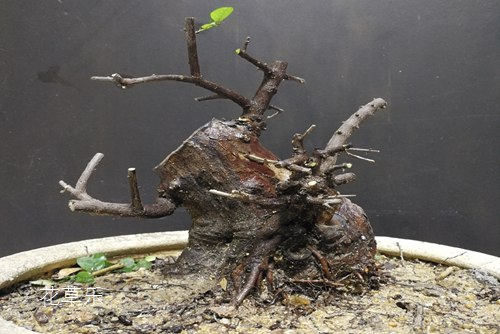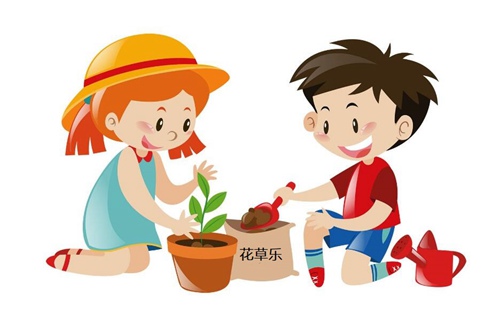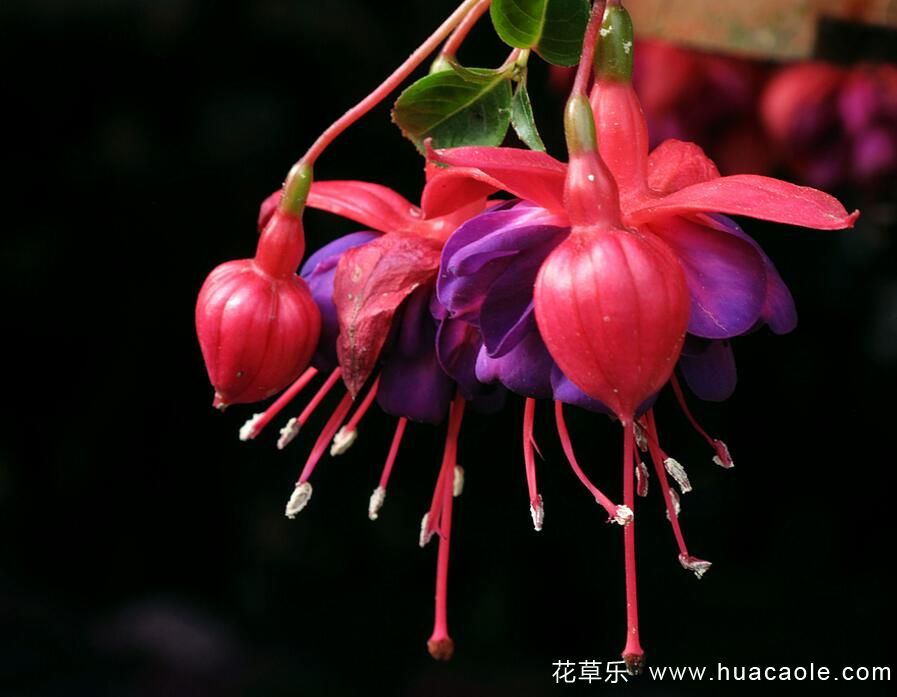It is said that Finch plum, one of the "seven sages of bonsai", is difficult to feed how to improve the survival rate of bonsai.
Finch plum has been an important material for making bonsai since ancient times, known as one of the "seven sages" of bonsai. Finch plum can be used as hedge and vertical greening material in gardens, and it is also suitable for allocation in mountains and rocks. Finch plum belongs to Rhamnaceae, with peculiar roots and vigorous and elegant tree posture. It is one of the main tree species of Chinese stump bonsai, one of the five famous trees in Lingnan bonsai, and one of the bonsai plants exported to the United States after China's entry into WTO. Compared with other tree species, the cultivation of sparrow plum bonsai has special requirements, such as improper maintenance and cultivation, which will lead to the survival or even the death of the formed columnar landscape. Below, I would like to share with you several aspects that should be paid attention to in the process of cultivation of the lower mountain pile of Finch plum.
It is said that Finch plum, one of the "seven sages of bonsai", is difficult to feed how to improve the survival rate of bonsai.

How can we improve the survival rate of Finch plum downhill tree stump?
First, the selection of tree stumps requires fresh stumps and less cross-sections. The method of identifying whether the stump is fresh or not is relatively simple, using fingernails to cut off pink or cyan and have a sense of wetness, it is proved that it is a fresh stump that has just been dug up, otherwise it will cause serious water loss. The main part of the pillar should have strong bud eyes, with obvious bulging shape as the best, this kind of bud eyes, strong germination, rapid growth and strong, bud eyes are not obvious had better not choose to stay, in general, even if the germination will be weak.
Second, the stump should have a certain number of lateral roots and fine roots, and the residual roots, broken roots and super-long roots should be cut off in time, so that it is easy to grasp closely with the soil after potting, so as to improve its survival rate.
Third, the planting time of the stump is usually carried out during the dormant period. the best time in the south is from January to March, and it is a little later in the north. in general, the survival rate will be greatly reduced after the Qingming Festival, so don't plant the tit plum stump at this time.
4. for the selection of soil, the plain soil with loose and good drainage is the best, the pond mud or garden soil and river sand are commonly used in the south, and combined with the local soil in the north. In the process of raising billets, do not use soil with too much force. in general, the proportion of river sand reaches 70%, 80%. Only after survival can you change pots and add loosely fermented poultry and other farm manure.
Fifth, the supply of water has a great impact on the survival rate of the stump, watering thoroughly at one time during the first planting, and then keeping the basin soil moist later, do not water too much, otherwise it will cause water to rot and root necrosis, adhere to spray water on the stump is the key to survival. If you stop spraying water on the stump once you see it sprouting, you will often lose all your previous efforts and fall short of your success.
As long as we adhere to the above points, the survival rate of sparrow plum bonsai stump will be greatly improved. After survival, the mountain pile of Finch plum has strong adaptability and lax requirements on soil quality. Acidic, neutral and calcareous soil can adapt, and it is resistant to drought, moisture and barren. In terms of daily maintenance. [view details]
Bonsai plants four masters, Qixian, Rocks of Eighteen Scholars, flowers and plants four elegant. What are they?
During the Ming and Qing dynasties, the style of enjoying bonsai in our country has been very prosperous, and the variety of plants used is also very rich. At the same time, a lot of works about bonsai appeared one after another during this period. During the Jiaqing period of the Qing Dynasty, Wuxi Su Ling wrote two volumes of Bonsai accidental Records, which divided bonsai plants into four masters, seven sages, Rocks of Eighteen Scholars, and flowers.
Four people: Golden Finch, boxwood, Yingchun, velvet cypress.
Seven sages: Huangshan pine, tasseled cypress, elm, maple, holly, ginkgo, sparrow plum.
Rocks of Eighteen Scholars: plum, peach, tiger thorn, Jiqing, Chinese wolfberry, rhododendron, emerald cypress, papaya, wax plum, Tianzhu, camellia, Luohansong, Xifu begonia, Phoenix tail bamboo, crape myrtle, pomegranate, June snow, gardenia.
Flowers and plants Siya: orchid, chrysanthemum, daffodils, calamus.
Time: 2019-04-24 Click:
- Prev

How to fertilize potted plants in different seasons? How should cake fertilizer be used?
Organic and inorganic fertilizers increase soil nutrients. Most inorganic fertilizers are easy to dissolve, and crops can absorb them immediately except for some absorbed and stored by soil after application. Organic fertilizers, except for a small amount of nutrients that can be directly absorbed by crops, are mostly decomposed by microorganisms before crops can use them
- Next

How to deal with the yellowing leaves of Baolian Lantern
With graceful plant shape, broad and rough gray-green leaves and drooping pink inflorescences, it is one of the most luxurious and beautiful flowers in the wild peony family.
Related
- Fuxing push coffee new agricultural production and marketing class: lack of small-scale processing plants
- Jujube rice field leisure farm deep ploughing Yilan for five years to create a space for organic food and play
- Nongyu Farm-A trial of organic papaya for brave women with advanced technology
- Four points for attention in the prevention and control of diseases and insect pests of edible fungi
- How to add nutrient solution to Edible Fungi
- Is there any good way to control edible fungus mites?
- Open Inoculation Technology of Edible Fungi
- Is there any clever way to use fertilizer for edible fungus in winter?
- What agents are used to kill the pathogens of edible fungi in the mushroom shed?
- Rapid drying of Edible Fungi

